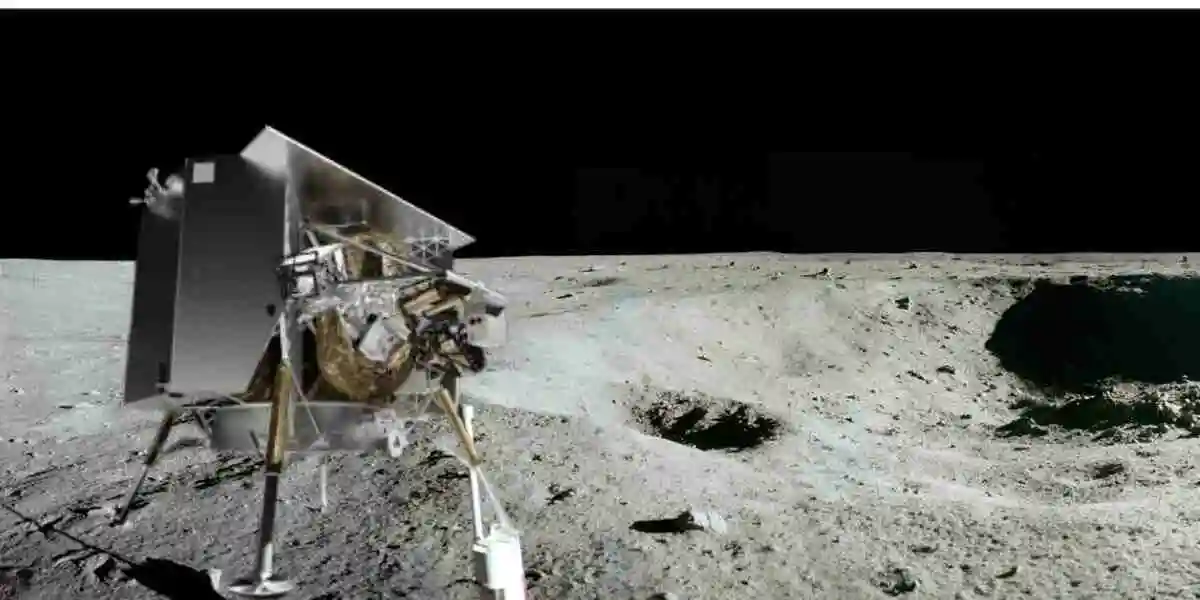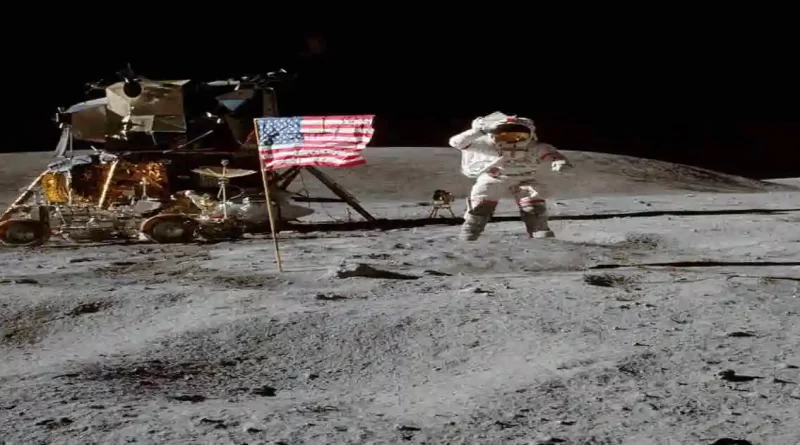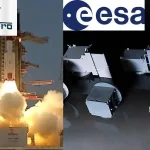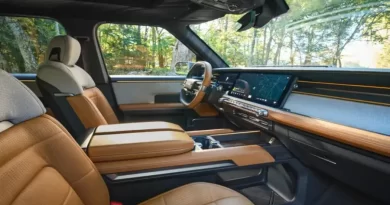NASA Plans Laser Technique for Soft Moon Landing
The Measurement Systems Laboratory at NASA, Langley, is set for lunar exploration, utilizing cutting-edge technologies to improve the accuracy and security of lunar landings. The Navigation Doppler Lidar (NDL) is a key player in this endeavor, set to launch on Astrobiotic’s Peregrine lunar lander on January 8. The NDL utilizes lasers and cameras to determine the spacecraft’s speed and altitude with remarkable precision, which will be accurate down to a centimeter. Its compact size not only ensures efficiency but also contributes to the overall reduction in spacecraft weight.

The Navigation Doppler Lidar’s capacity to enable accurate landings in difficult environments—like the Lunar South Pole, where ice deposits are thought to exist—is one of its main advantages. Farzin Amzajerdian, the principal investigator of NDL, has said, “That terrain is very rough; it’s dark. There are a lot of mountains and craters and the valleys. There are very few small patches of land, limited in size, that are flat enough for that. So we have to get to those places very precisely.”. The technology is crucial for future missions aiming to explore these challenging areas accurately.
Accompanying the NDL on upcoming lunar missions is the Stereo Camera for Lunar Plume-Surface Studies (SCALPSS). Scheduled to launch on Intuitive Machines’ Nova-C lander in early 2024, SCALPSS employs an array of cameras to capture high-resolution images during lunar landings. Olivia Tyrrell, part of the SCALPSS photogrammetry team, explained, “The reason that we want to collect these images is so that we can reconstruct a three-dimensional shape of the topology of the ground, both before and after it’s been eroded by the plume or plumes of the rocket.”
NASA is dealing with the challenges of landing on the moon, where lots of dust and rocks kick up when the spacecraft touches down. Understanding these dusty plumes is crucial for SCALPSS to figure out the lay of the land before and after landing, especially with the regolith, the sharp lunar soil thrown out during landing. This research isn’t just about space; it’s about planning safe lunar bases and making sure nearby spacecraft stay out of trouble.
Looking ahead, NASA is really into exploring the moon. They’ve got this thing called the Commercial Lunar Payload Service (CLPS), sending two commercial spacecraft, Astrobotic’s Peregrine lunar lander and Intuitive Machines’ Nova-C lander, up there in early 2024. It’s like they’re turning lunar transportation into a business, delivering NASA experiments and stuff right to the moon’s surface.
Further on this, NASA and the White House spilled the beans on a global team-up for the Artemis lunar landing project. It’s not just about the U.S.; it’s a bunch of countries working together, all about responsible behavior in space, with something called the Artemis Accords. They’re aiming for big milestones, like sending the first woman and person of color to walk on the moon.
So, NASA’s using cool techs like NDL and SCALPSS, teaming up with folks worldwide, and making moon trips a regular thing with CLPS. They’re all about diving into space and hitting those big goals, and these upcoming moon missions are like stepping stones to understanding our lunar neighbor.








